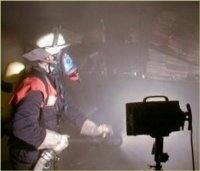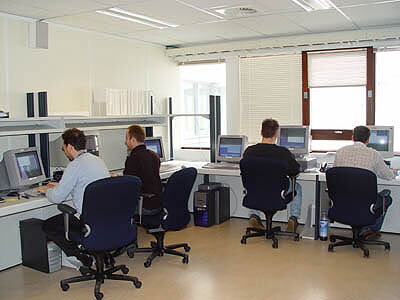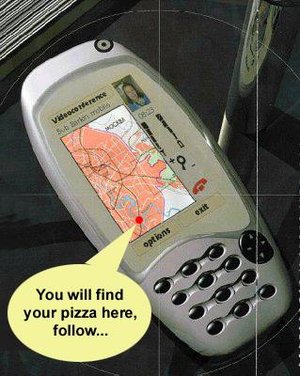ESA Navigation projects now online
What is ESA Navigation doing? Quite a lot is the short reply. For the complete answer, visit the new section of the ESA Navigation website, updated to describe the growing number of applications made possible by the delivery of positional information from ESA’s Navigation resources.
Summaries and more detailed information are available on projects that cover applications in transport, asset tracking, emergency management and law enforcement, safety and technology and facilities development. The information will be interesting to anyone wanting to know more about existing or planned navigation applications and their added value.
The highly accurate navigation information coming from European Geostationary Navigation Overlay Service (EGNOS) is available to those with a GPS-EGNOS (or WAAS) enabled receiver. Consisting of three geostationary satellites and a network of ground stations, EGNOS will achieve its aim by transmitting a signal containing information on the reliability and accuracy of the positioning signals sent out by the Global Positioning System (GPS) and the Global Orbiting Navigation Satellite System (GLONASS). It will allow users in Europe and beyond to determine their position to less than 2m compared with about 15m at present and also be informed about the quality of the signal received.
EGNOS is a joint project of the European Space Agency (ESA), the European Commission (EC) and Eurocontrol, the European Organisation for the Safety of Air Navigation. It is Europe’s contribution to the first stage of the global navigation satellite system (GNSS) and is a precursor to Galileo, the full global satellite navigation system under development in Europe.

EGNOS will start operations in 2005 for the general public while it is planned to have the signal certified for safety-of-life use in 2006. In the meantime, a test signal, broadcast by two Inmarsat satellites, allows potential users to acquaint themselves with the facility and test its usefulness. Some of the current applications of EGNOS include minimising traffic congestion, maritime navigation and indoor positioning for firefighters.
These new pages show the diversity of satellite navigation, a promising sector which is only at its very beginning with EGNOS and which is sure to become indispensable in the future!






